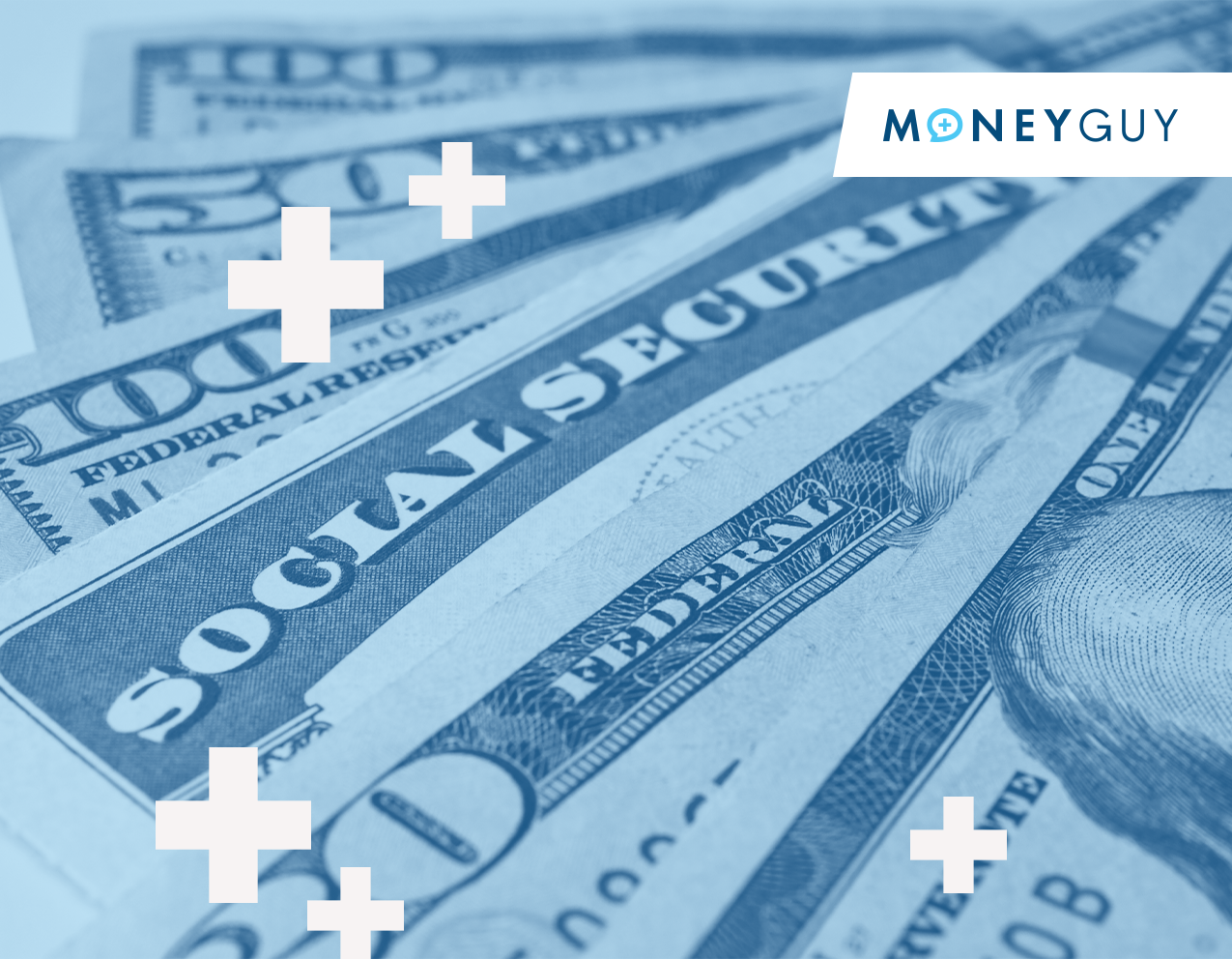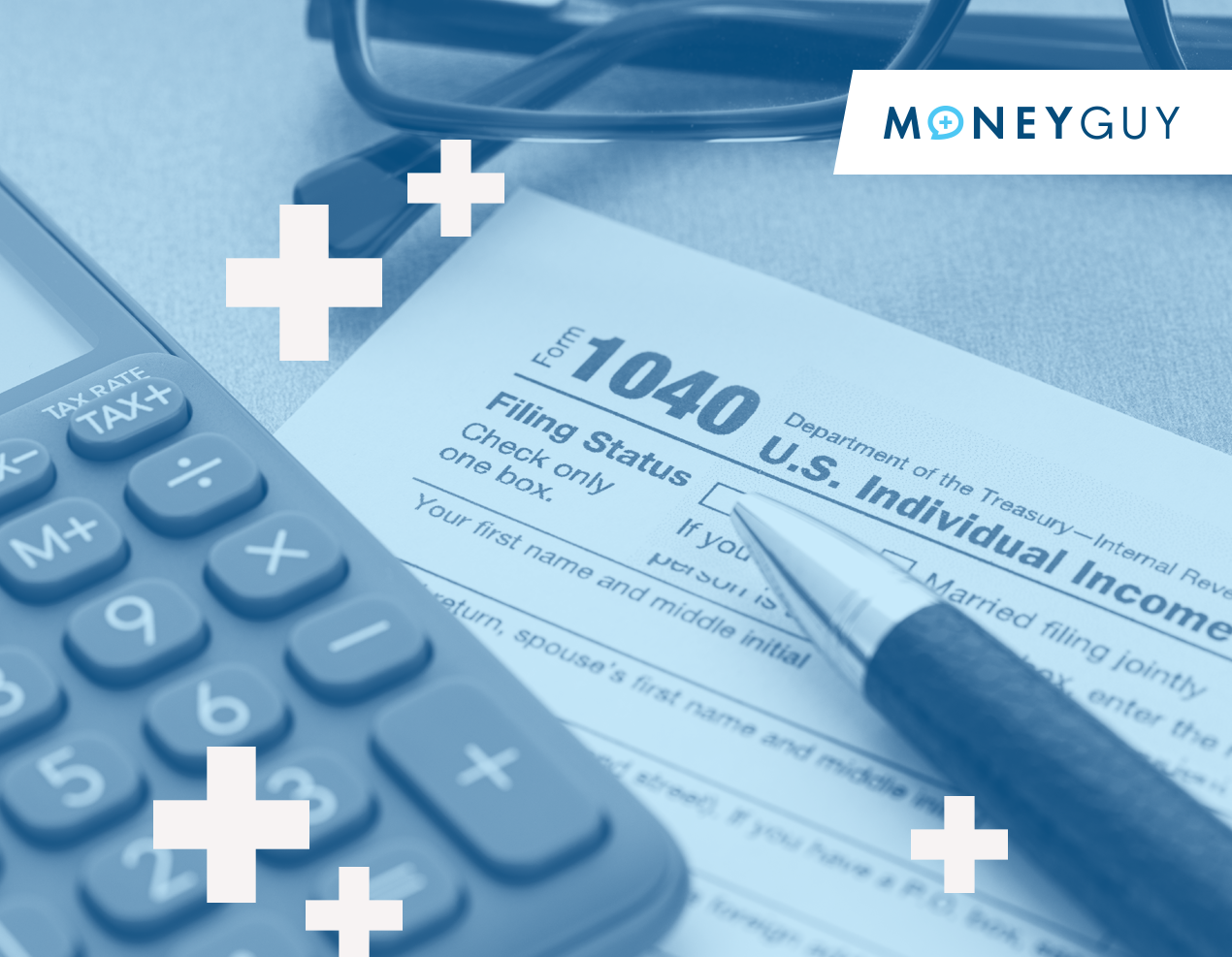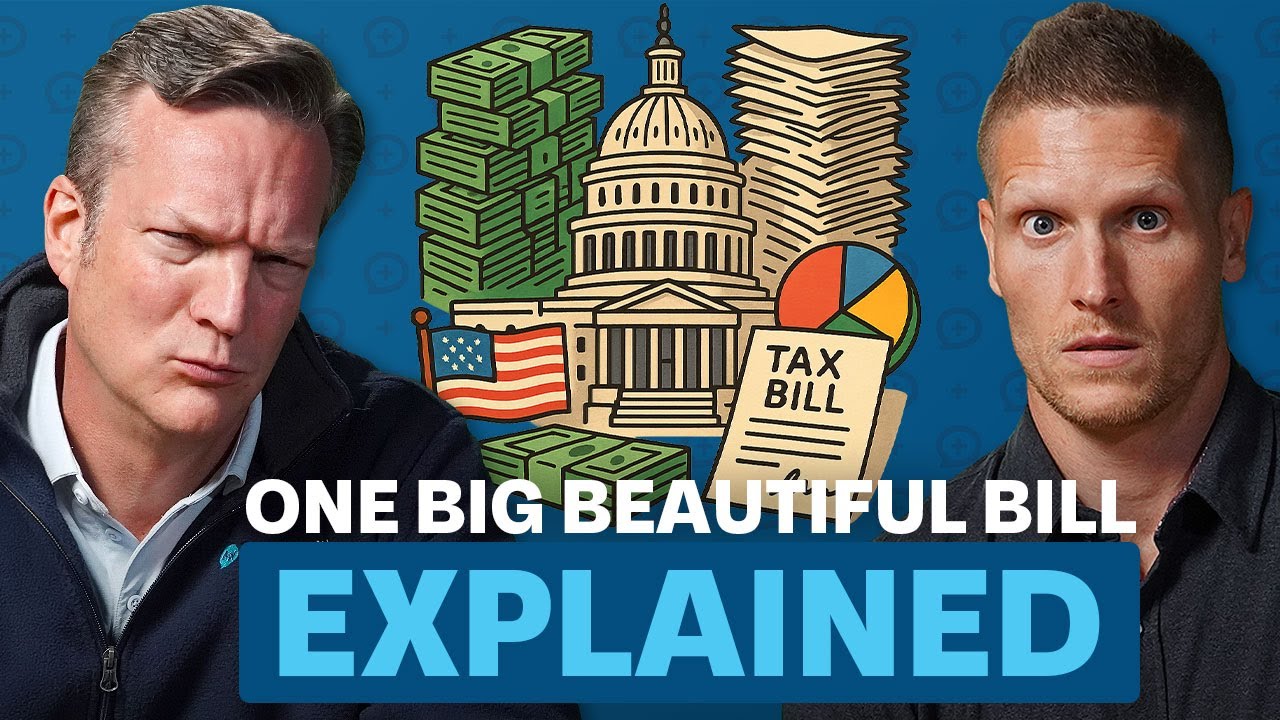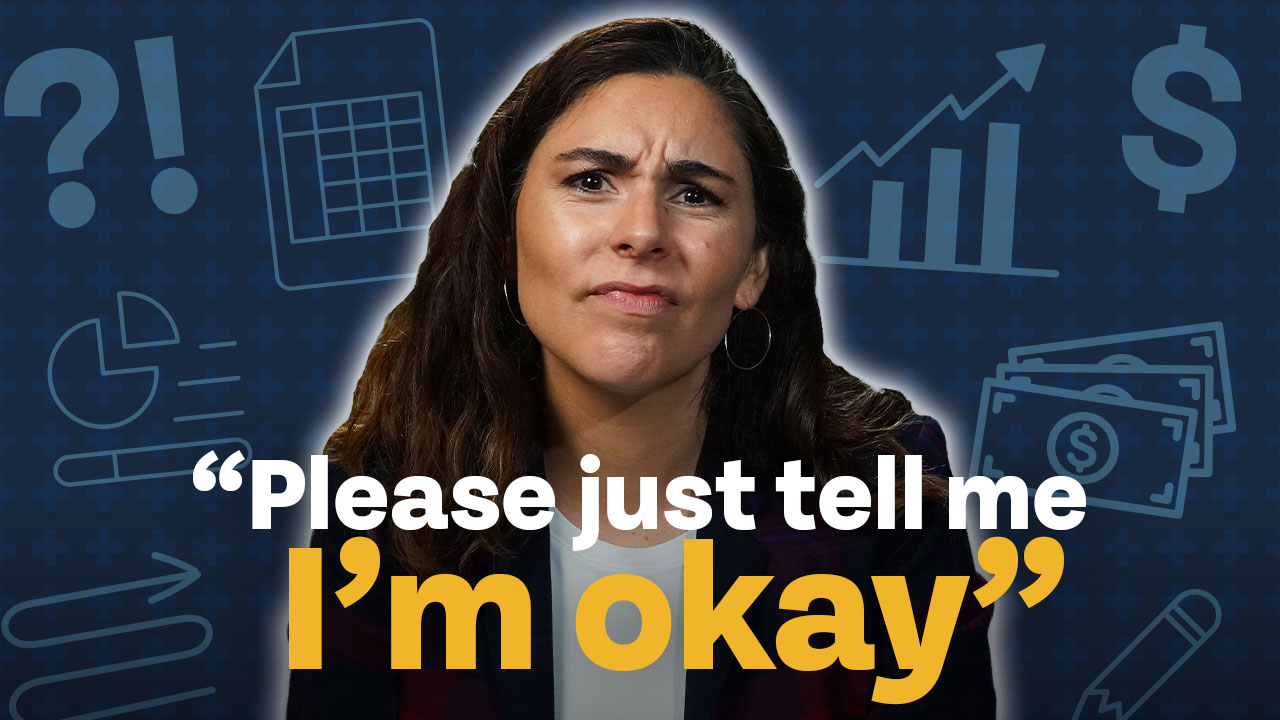
The Federal Reserve recently did something that hadn’t been done in nearly a decade: they raised interest rates. While the move was a tiny, incremental increase (one-quarter of a percentage point), the impact could ultimately affect anyone with a mortgage, auto loans, savings accounts, or money invested in the stock market.
What does a Fed rate hike mean for you?
Savers will benefit most from the rate hike, while borrowers and investors face potentially tougher times. But there’s a lot more to it than just that.
Here are a few things that you will need to know about how the Fed rate hike affects you.
Cost of Borrowing Will Likely Increase (But Not Overnight)
For many prospective borrowers, an increase in interest rates creates a sense of urgency to get deals done before the cost of financing increases. And although it’s true that interest rates on things like auto loans and mortgages will rise, that doesn’t mean you need to rush into making a big ticket item purchase when you’re not financially prepared.
You’re still better off sticking to a plan and saving for the right down payment, instead of trying to beat rising interest rates to the punch.
If you’re in the market for a new home or vehicle, now is the time that you want to start strategically planning for those big decisions. All things considered, interest rates are still really low and that doesn’t look to change for much of the foreseeable future.
One additional note on the subject of home loans: if you have an adjustable-rate mortgage, this is the time that you should begin reviewing options to lock-in your rate before the next increase. Generally speaking, any increase by the Fed directly impacts the interest you will pay on your loan.
Your adjustable rate mortgage at 3% could easily double if the Fed continues to make further changes to interest rates. By locking in at the first sign of rates trending upward, you could see significant savings in the long-term.
Earn More Interest on Your Saved Cash
Since the Great Recession, people who have parked their money in traditional savings vehicles have experienced growth of, well, next to nothing.
According to the Federal Deposit Insurance Corporation (FDIC), the national average savings account interest rate is only 0.06 percent for all balances. To put that into perspective, if you had a $25,000 balance in your savings account, you would only receive $15 in interest for the year. Clearly there’s a lot of room for improvement.
With the Fed rate hike, cash in savings accounts may start bearing more interest.
Your best bet for great savings accounts returns — at least for now — remains with credit unions and online banks. This is because credit unions and online banks typically have less overhead than traditional brick-and-mortar banks, and can therefore pass on some of those savings to customers.
Fed Rate Hike Suggests Improving Economy
Overall, the interest rate increase means the Fed believes that the US economy is getting stronger, which is good news after the many years spent recovering from the 2008 crash. This initial increase is primarily to see how the move affects the economy.
If all financial indicators remain strong, it’s safe to say that you can expect to see rates continue to trend upward.
Rising rates don’t necessarily have to be a negative. If you are strategic in the management of your money and aim to reduce debt while increasing savings, rising rates may be just the thing to help boost your bottom-line.
Want more simple, smart financial advice? Then check out our free resources here!
You’ll get immediate access to 15 of our most recent podcast episodes filled with more financial straight-talk. As a bonus, when our shows release, they’ll be delivered straight to your inbox so you can get listen right away.













